Content Optimization 101: What Is It and Why Is It Important?
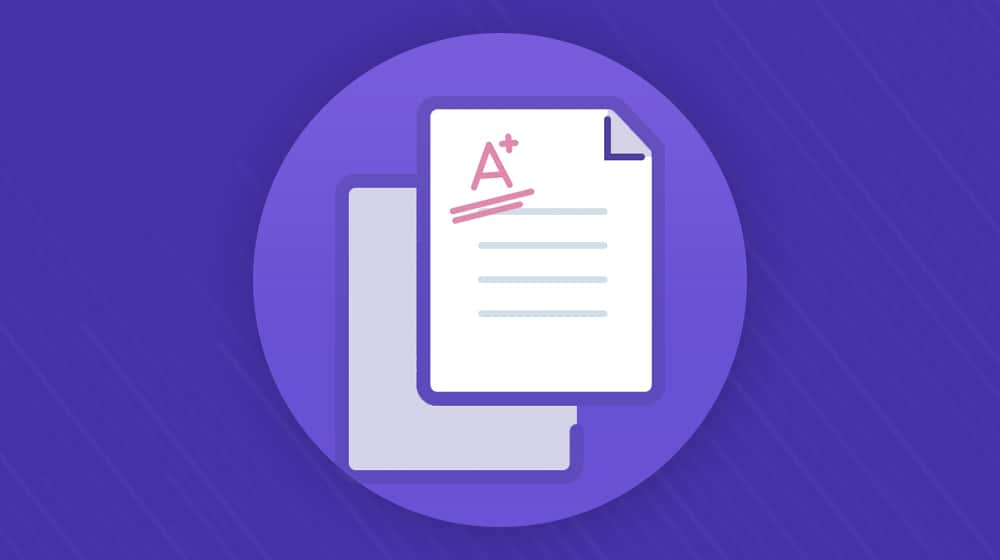
Any content marketing plan aims to produce optimized content with the best ranking and visibility possible, given its competition. The numbers vary from niche to niche and topic to topic, but the idea is to maximize returns while giving the user exactly what they're looking for.
Content optimization is fascinating because there are many different knobs and levers to adjust to optimize a given piece of content. On top of that, there's no one correct answer. The actions you take to optimize your content are not the same actions someone else pursues to optimize their content, even if they're aiming for the same niche, audience, or product as you. No two businesses are unique, so your route to optimization will be different.
 30 Second Summary
30 Second Summary
You need to optimize your content by picking clear goals and understanding your audience before you create anything. When writing, you have to match your keywords to search intent and use the right content type for your purpose. You should format your writing to be easy to read and scan, while making your search results attractive with good meta titles and descriptions. Your content needs to help users first, with SEO best practices supporting that goal. Finally, you have to align your calls to action with what you want readers to do.
Defining Content Optimization
Content optimization is more than just blindly trying to make your content better.
It's about understanding the goal of your content. What is it trying to accomplish for you as part of your overall marketing ecosystem?
When you understand that goal, you then need to understand your audience. What does your audience care about, and how can you tap into their desires to guide them toward a goal? Can you give them exactly what they were looking for and provide them with an excellent user experience?
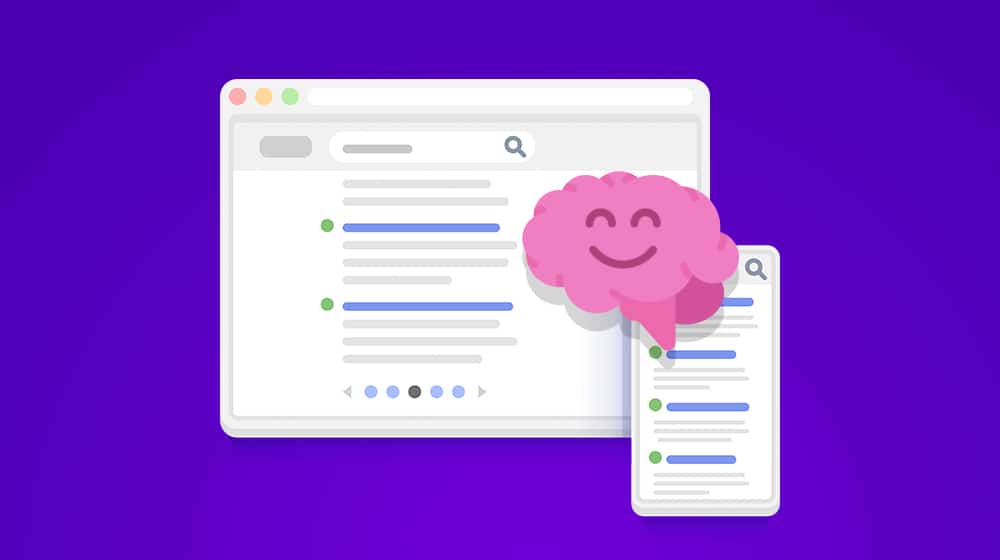
Content optimization is about getting better returns to your goal by optimizing your content for the awareness of how you can funnel your audience to that goal.
Goals can be varied. We often think of a "top-ranking page on Google" as a goal, but it isn't. For one thing, it's too broad:
- What primary keywords do you want to rank for?
- For what audience, since Google searches are personalized now?
- Or, consider this: does ranking #1 benefit your company, or would a lower-ranked but better-converting page do better?
- What about a page that doesn't even rank on the first page of Google but goes viral on Twitter with a bunch of social shares or gets picked up on a prominent news website?
It's a lot to consider. So how do you go about optimizing content?
Picking a Goal
Content optimization begins with a goal.
The best soccer player in the world can't score if there's no net. The same goes for content. You can write a perfect piece of content about a topic, but if you don't have a goal, that content doesn't do much for you.
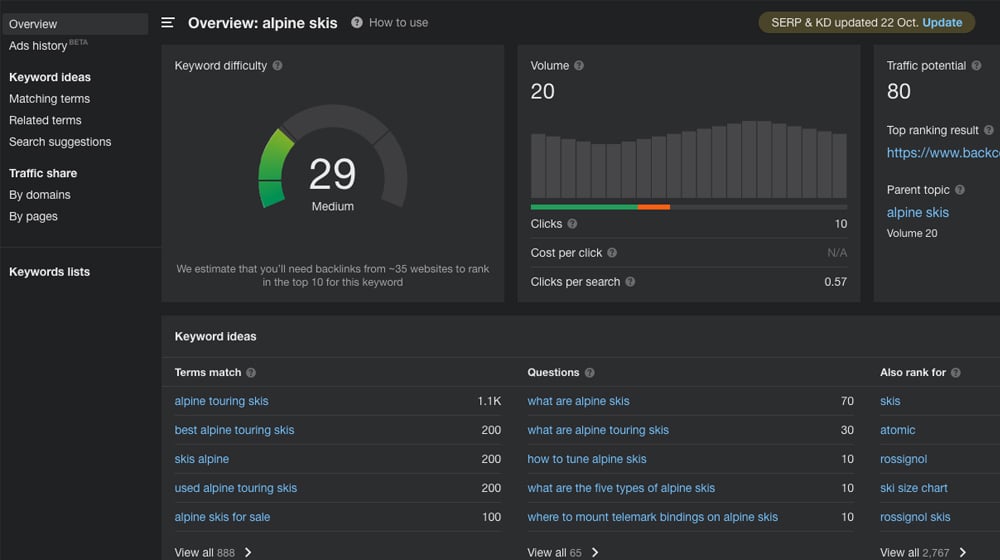
Goals can be nearly anything. For example:
- You want this content to rank well and go viral to increase brand awareness.
- You want this content to review a problem your product solves to attract new customers.
- You want this content to showcase your authoritativeness and to build brand loyalty.
- You want this content to be an industry-leading resource and build thought leadership.
- You want this content to promote the benefits of your product to increase conversions.
The post you're reading right now has a goal. That goal is to educate you and showcase my knowledge, which transfers into trust and makes you more likely to consider me when you need content created. After all, I know all of this about content marketing; it stands to reason that I leverage this knowledge when I work for you, right?
Understanding Your Audience
A goal is great, but you need to know who you're trying to get to achieve the goal. Depending on the purpose, this can be a broad audience (brand awareness goals often have audiences such as "young males") or a very narrow audience.
Understanding your audience allows you to determine the answers to optimization tweaks down the line. Here's a simple example: do you write in simple language or use more complex language and jargon?
Some people will tell you to focus on a low-grade reading level. That's fine as a baseline, but it's not optimized. Why? Because your audience may not match that reading level.
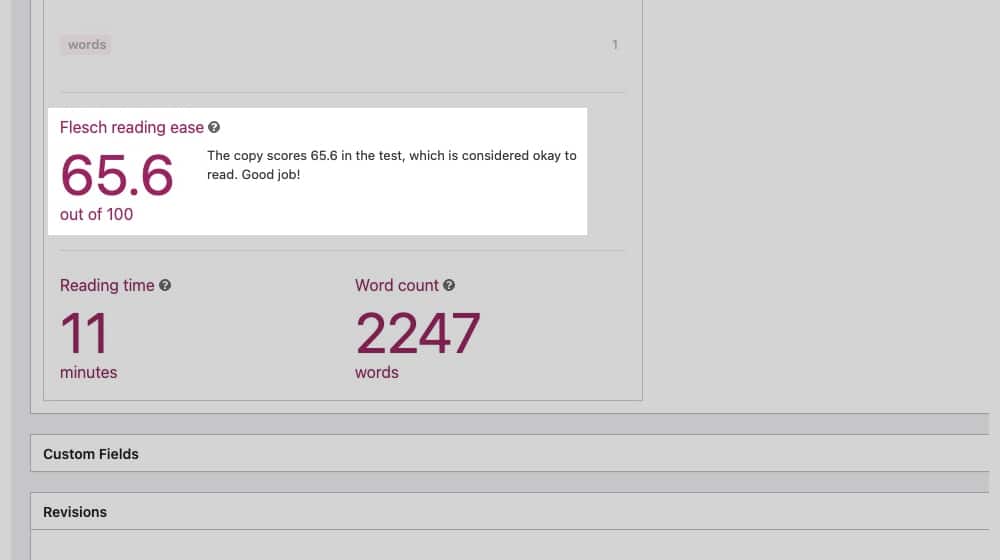
If you write a piece of content aimed at experts and write it as if you're writing to school children, the people you want to reach will feel belittled or talked down to.
On the other hand, writing a complex case study with advanced topics and discussing the statistical analysis methods you use is excellent for experts, but it's a poor choice for a beginner's guide.
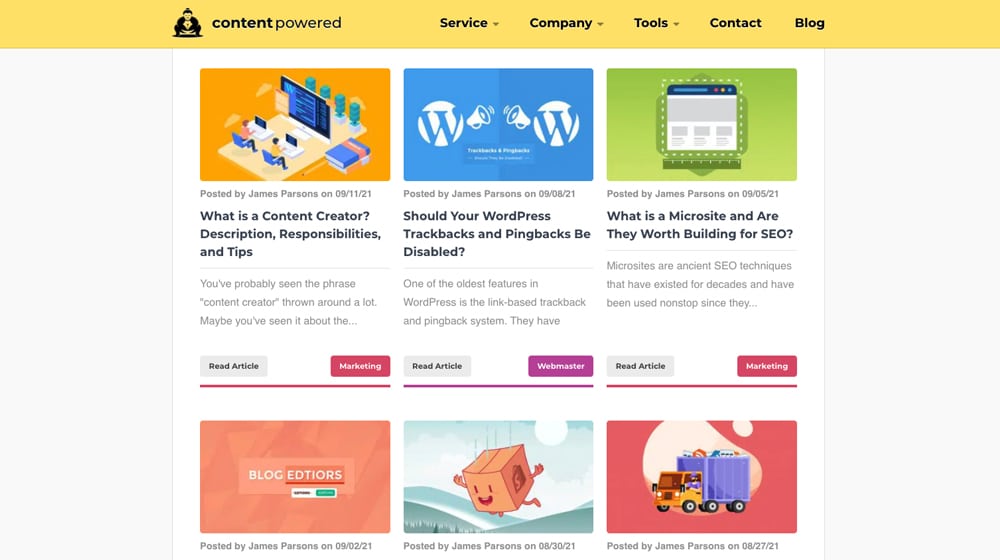
Expertise level is just one of the many qualities your audience has that you need to consider when producing your content.
Identifying Good Keywords
You have your goals, and you have your audience. Now you need to know how to reach them.
Approximately 90% of web searches are performed on Google, so Google is often the first choice. But, that discounts other kinds of searches. People search Amazon for products, YouTube for media, or even Twitter for certain types of topics. Each of these platforms has a unique algorithm. The one thing they all share is keywords.
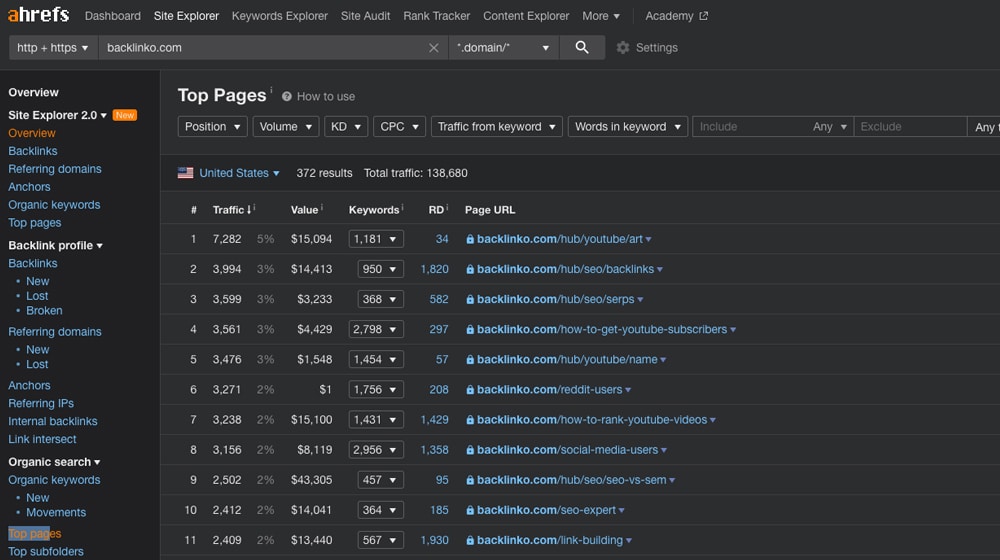
So, you need to identify the right keywords. With keywords, you need to balance three factors:
- The search interest in the keyword. A keyword with a high search volume will be better than one that only gets a dozen weekly searches.
- The competition in the keyword. How many other websites already have content optimized for that keyword, and can you do it better than enough of them to rank?
- The alignment of the keyword. You might find a great keyword to cover, but if it's not aligned or relevant to your business, the content won't help you achieve your goals.
Unfortunately, there's no shortcut to this process. You have to put in the work and choose the right keywords.
The one saving grace here is that Google, and slowly, the other search engines, are all getting better at analyzing and understanding content independent of keywords. That's why you'll sometimes find good, relevant content in the results of a search, even when the page in question doesn't have the keyword you use anywhere on it. It's still more misses than hits, but it's getting better.
Understanding Search Intent
People use different searches for different reasons. You might not even recognize it if you've thought about it, but there are different kinds of searches. I don't mean searching for videos versus searching for products. I mean different intents.
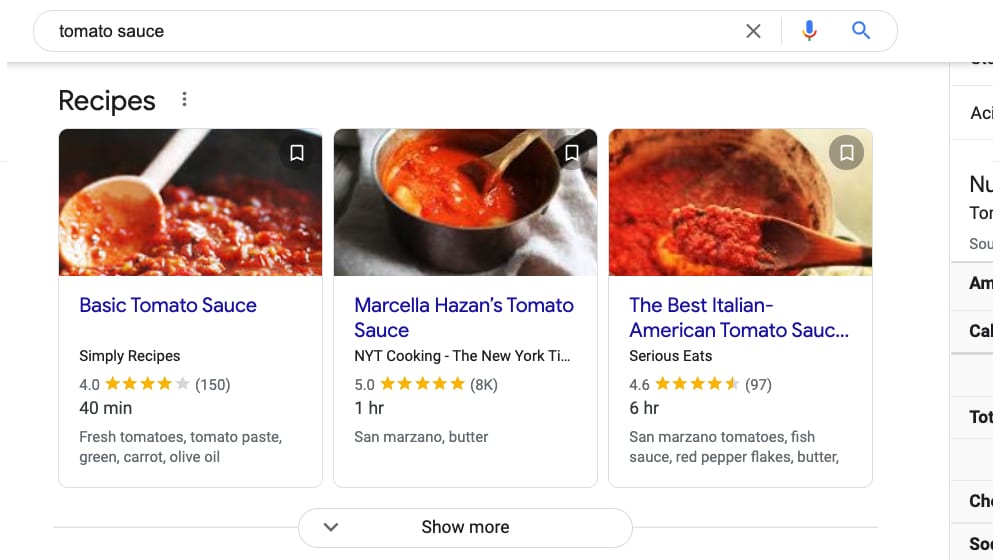
There are five kinds of search intent.
- The user knows where they want to go and searches for how to get there. Typing "Netflix" in Google gets them to Netflix.
- The user has a topic they want to learn more about, so they search for pages that will educate them. Sites like Wikipedia specialize in this kind of search intent.
- The user wants to know how to perform a specific task and is looking for instructions. Sites like eHow, food blogs, and many YouTube videos cover this.
- The user is interested in buying a product to solve a problem but wants to do their research first. Product review sites like Wirecutter and Consumer Reports are great for this.
- The user knows a specific product they want to buy and shops for it. Amazon searches, Google Shopping, and product name searches fall into this category.
Knowing the search intent behind a keyword allows you to make sure that you create content that satisfies it. Moreover, it helps you pick and filter keywords; keywords with the wrong kind of search intent will perform poorly for specific goals. For example, producing content to gain conversions won't work very well if a user is looking for informational content. Instead, brand awareness or thought leadership posts would do much better.
Creating the Right Type of Content
Content marketers think of blog posts as the primary way to publish new content, but other kinds of content also work for the purpose. The content you create needs to be in a format that works for the goal and the intent of a search query. Infographics, videos, podcasts, calculators and tools, and even social media posts can all be perfectly acceptable kinds of content.
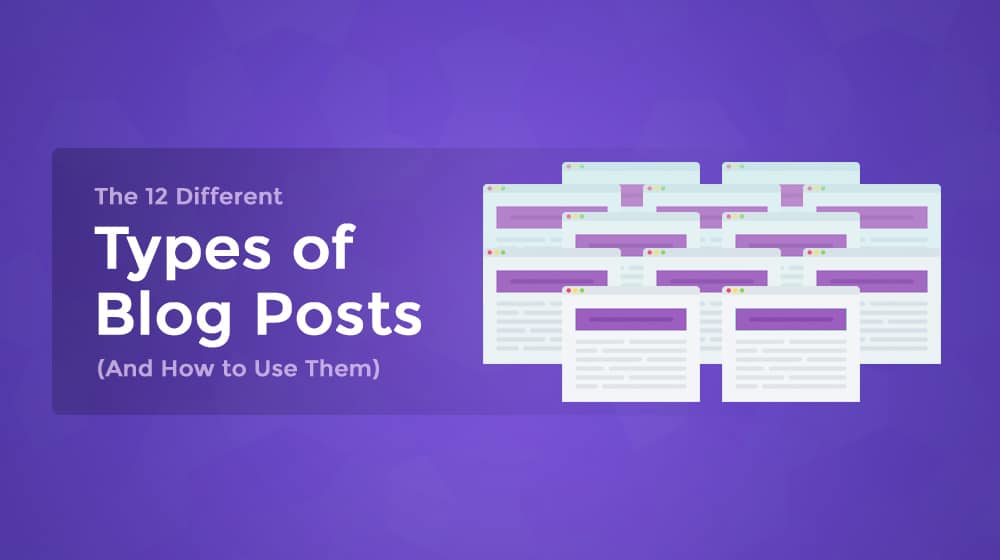
I've written extensively about types of content before. Check out The 21 Types of Content and The 12 Types of Blog Posts for deeper dives:
Be aware, as well, that some kinds of content restrict the ways you can optimize them. Infographics limit how many words you can use, social media posts limit length and format, and so on. Blog posts are a "default" partly because they have many different options for optimizing and publishing.
Be open-minded about your content creation. It may not benefit you to only focus on one type of content; some articles should be lists, some should be graphic-heavy, and some should be an FAQ. When you put yourself in your reader's shoes and look at what's currently ranking, it will give you a better idea of what content type you should consider focusing on and why.
Implementing Logical and Narrative Flow
Outlining a post is a massive part of ensuring it is optimized for its goals. When you outline the article, you can structure and restructure it logically to keep people reading.
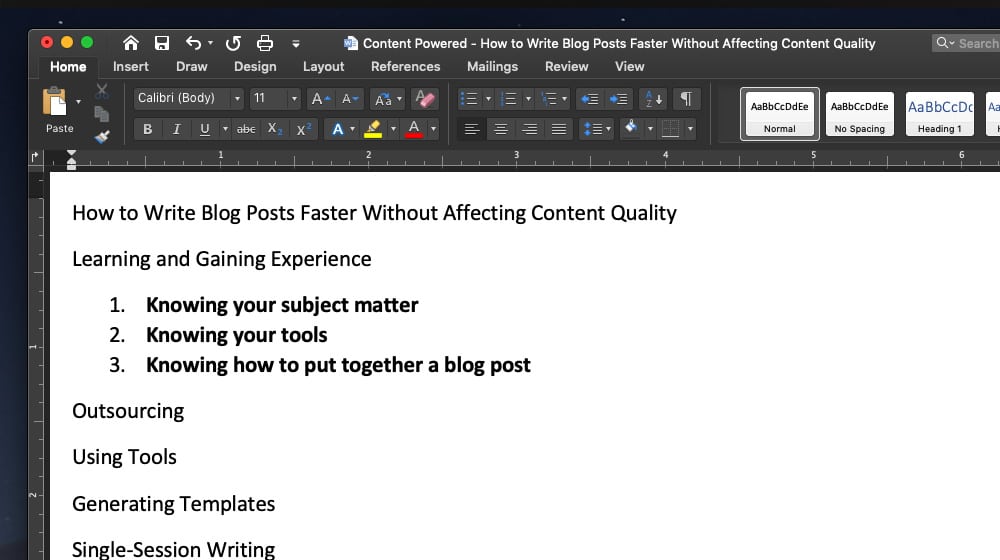
Take the post you're reading now. I've structured it to introduce the concept of content optimization, go into the core foundation of planning optimized content, then build up from there. You can't optimize your readability before writing anything, and you can't write something before you've picked a topic; there's a logical flow to the organization of points I've made.
I'll also let you in on a secret: I had to rearrange these points twice while writing this, and I also removed a statement that I had written because I duplicated it in another section where it was better off. That's some behind-the-scenes optimization every blog post should get.
Understanding and Outdoing the Competition
Competitive research is at once essential and tertiary to optimized content.
Competitive research is fundamental because you constantly compete with websites and users searching for similar keywords. There's a finite amount of attention to gather from any given audience.
At the same time, comparing yourself to another piece of content is difficult. Not just because you and another brand are different in scope and services and history and details; because your idea of what the goal, target audience, and purpose for a piece of content should be can be different, even for the exact keywords. Yet, keywords are the basis of competitive research for a topic. They have to be; that's how search works.
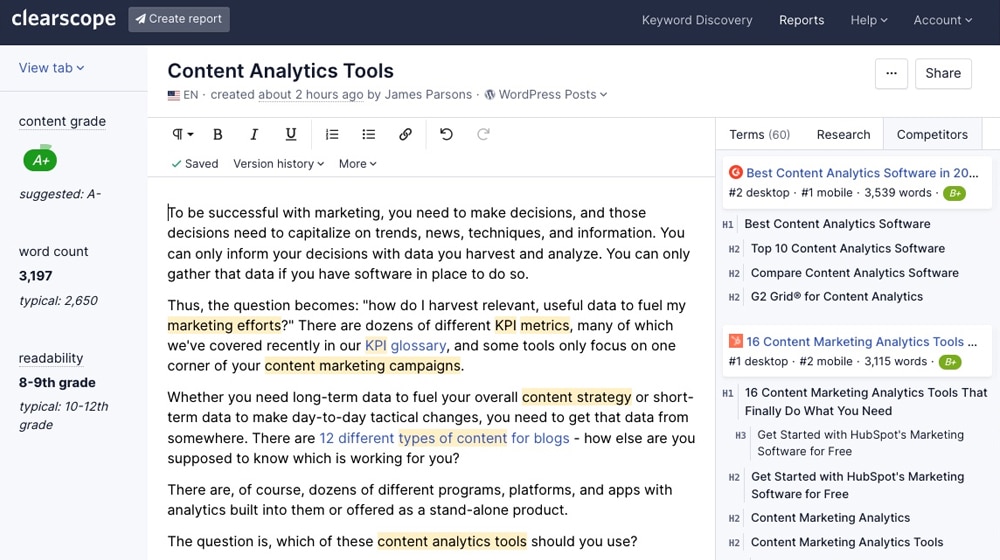
I think competitive keyword research comes into play multiple times throughout creating and optimizing website content.
- You can use it when deciding on keywords by identifying top-performing keywords your competitors are using.
- You can use it when you're planning your content to think about how you cover a topic and what points you want to make.
- You can use it when analyzing performance, audience, and other aspects after the content is published. This research can help you benchmark yourself.
In other words, consistent awareness of your competition is essential, but you shouldn't rely on your competitors to guide every aspect of your content optimization. After all, your goal may not be "beat the competition," and accomplishing your goal may not require you to do so.
Formatting Content for Maximum Usability
You've probably heard factoids like "the average human attention span online is less than that of a goldfish" in the last decade or so. While it's technically accurate, you also have people who are more than happy to watch two-hour-long video essays about obscure video games or defunct theme parks, so really, who's to say?
The truth is, when people perform a web search with any intent other than to consume media, they are usually doing so with a goal of speed in mind. They want an answer - quickly. Consider all of those search intents:
- The user wants to go somewhere and will take the shortest path possible.
- The user wants to learn a fact and have it presented to them in a fast-to-understand way. They may want to make an argument, provide a point to a group chat, or learn about something they saw mentioned in something else they're reading.
- The user wants to learn how to do something or, potentially, see how complex it would be, so they can decide whether or not it's something they can do.
- The user wants assistance in making a decision, and they're often most attracted to the fastest, most straightforward ways to get that information, like comparison tables.
- The user wants a list of where they can buy an item to pick the right balance of a trusted site and a low price, and that's pretty much it.
Speed is of the essence.
For blog posts, formatting for usability involves many minor tweaks. You should ensure you follow the fundamentals, such as a large and clear heading at the top of your page, links, a reasonable font size, and a mobile site. You can also focus on things like frequent use of subheadings, lists, bolding, colored boxes, graphics, and other ways to showcase information in an easy-to-consume manner.
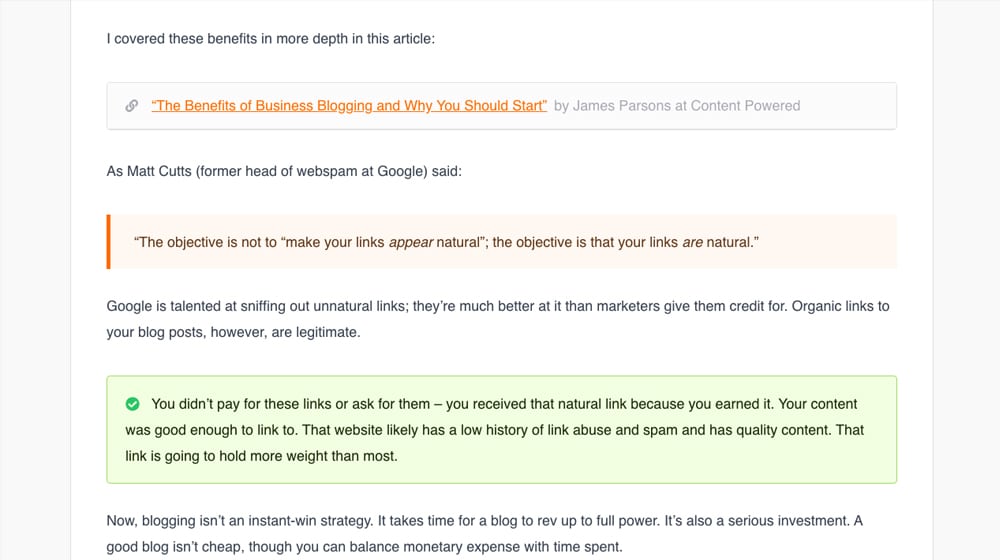
You should also focus on internal links. If you've written an in-depth guide on a topic in the past, and you're briefly mentioning it in a new article, link to it! People don't internally link enough, in my opinion, and there's no such thing as too many internal links. See? There's another internal link right there!
Maximizing SERPs Attractiveness
If you're surprised that so few of my content optimization tips have to do with search engine optimization, despite Google search being a huge part of content performance, there's a reason for that. I'll get to it in a bit.
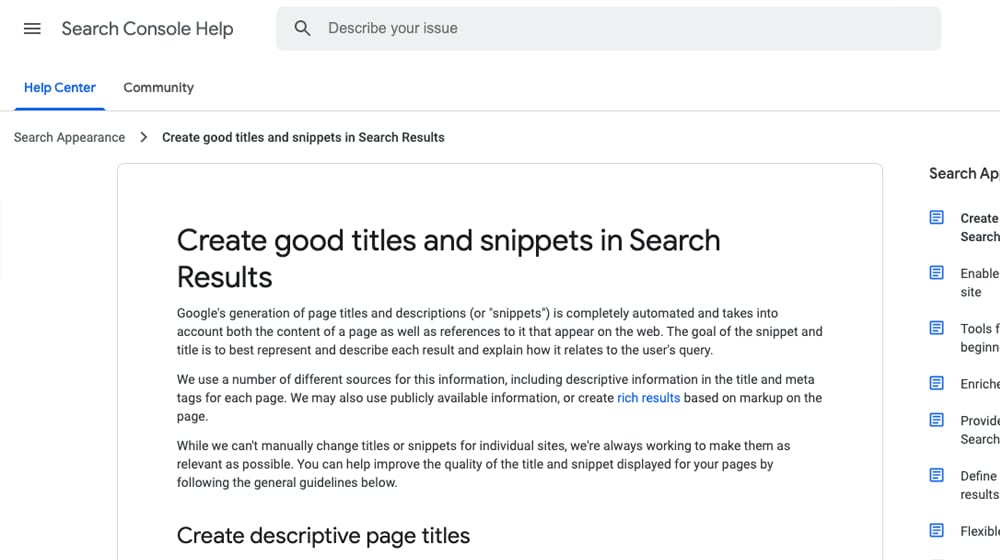
This point here is all about the search engine results and how they appear. There are four things to optimize for maximum attractiveness in the search results.
- Meta title tag. The big, bold headline is what most people read in the organic search results and is the most essential part of your metadata optimization. It needs to be short, catchy, attractive, relevant, and use your keyword.
- Meta description. This section is the blurb beneath the content in the SERPs (search engine results pages) and should make use of your target keyword. The trick here is that, while it's good to optimize it, Google will often ignore it and use their own anyway.
- Your URL. Though the exact URL isn't often displayed in the SERPs these days, the human-readable elements of the URL are summarized, and it can be an extra bit of value for your appearance.
- Your Schema. Schema markup allows Google to generate additional rich results, which can be anything from excerpts in drop-downs to sitelinks to boxes in the knowledge graph. You need to add some custom HTML markup to enable Schema, either manually or with a plugin. These can be exceptionally useful and can help your results stand out on Google.
Maximizing these can be surprisingly challenging regarding goals, audience, and keywords. It's also heavily individualized for each situation, so it's hard to provide helpful general tips.
When in doubt, consider what others are doing, think about what you want to do better, and then work your optimization around that.
Implementing SEO Best Practices
Now, let's talk about why SEO is so far down this list.
Are you satisfied? Great, let's move on.
Just kidding, I'll dig a little deeper. The truth is, a huge part of Google's push since the Panda updates in 2011 has been reducing how much people create content for the search algorithm. They want people to write content that is useful as content, helpful to searchers and readers, and not for the search engines themselves. SEO plays second fiddle, intentionally.
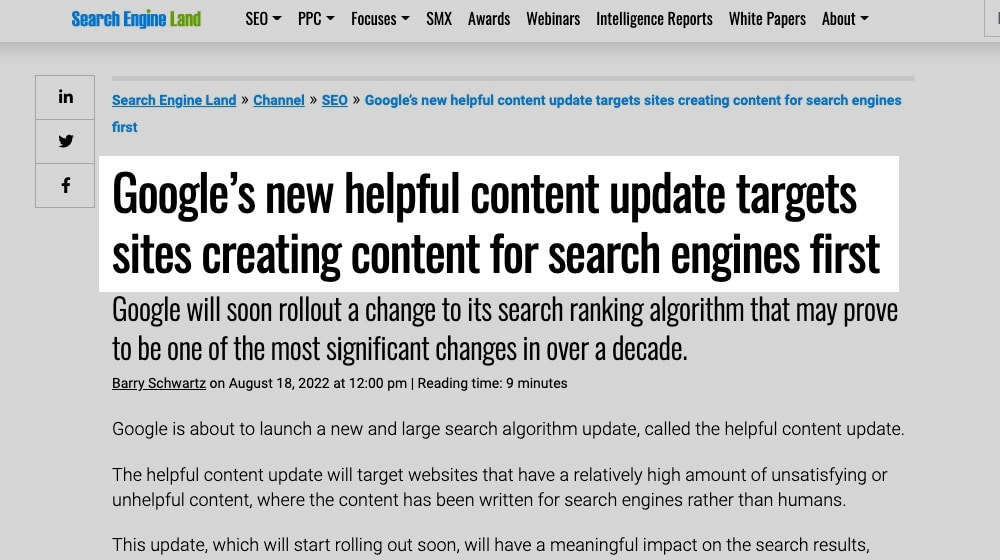
Or perhaps it's more accurate to say modern SEO is about catering to the reader, not the algorithm. The algorithm itself is constantly improving to focus more on satisfying the reader.
That doesn't mean you can ignore SEO. All of the usual aspects of SEO are important, and getting them wrong can be devastating. My point is that some of those aspects are just part of existing online today (like SSL, site speed, and mobile responsiveness), and some are incidental to the optimizations you're making throughout the above points.
If you ever have to choose between something that would hurt your mechanical SEO but improve reader engagement and goal success or something that sacrifices user satisfaction in favor of search engine viability, choose user satisfaction every time. If it enhances the user's happiness when landing on your site and reading your pages, it's an SEO-friendly decision.
Aligning Calls to Action to Content Goals
Finally, you have your call to action. Things like your metadata and your search terms are about getting the relevant people onto your site from the search results, and things like formatting and logical flow are about keeping them there. Your call to action is how you push them towards your goal.

I've written a ton about calls to action, so I will not duplicate it here. Why not click through and read another relevant post so you can learn more about how to optimize your new and existing content appropriately? Try one of these:
For those of you playing along at home, pop quiz: what was my primary goal with this post? Let me know what you think in the comments.



 30 Second Summary
30 Second Summary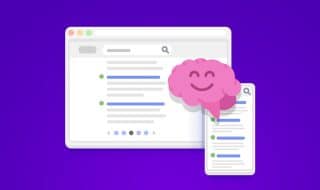
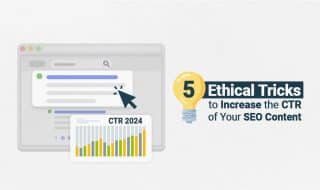


January 19, 2024
An excellent article on content optimization! I appreciate how you have highlighted the role it plays in improving search engine rankings, increasing organic traffic, and enhancing user experience.
January 19, 2024
Thanks Meehi!